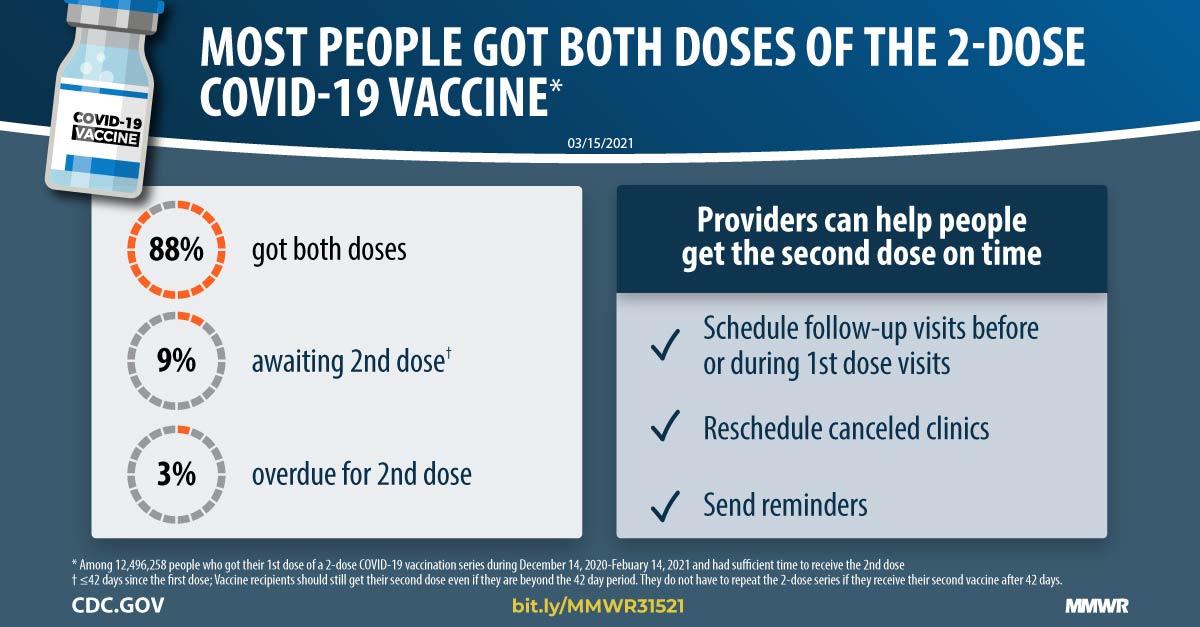Because the need to rapidly immunize the population against SARS-CoV-2 must be balanced against vaccine scarcity delaying the second dose of any two-dose vaccine has been suggested. 19 rows Live oral vaccines or live intranasal vaccine can be given concomitantly with or any time.
 Timing Of First Vaccination A And Occurrence Of Seizure Stratified By Download Table
Timing Of First Vaccination A And Occurrence Of Seizure Stratified By Download Table
Potential timing of vaccination.

Timing of vaccines. It would be prudent to wait for a period of at least 14 days after the administration of another vaccine before administrating a COVID-19 vaccine to prevent erroneous attribution of an AEFI to a particular vaccine. Countries where the primary influenza activity starts after October and countries where the primary influenza activity starts after April. For the Moderna vaccine the recommended interval for the second dose is4 months after the first dose.
20 mg per day. If you received the Pfizer-BioNTech COVID-19 Vaccine you should get your second shot 3 weeks or 21 days after your first. The diseases Australian children are likely to be exposed to.
A live vaccine can be given either simultaneously or at any time before or after an inactivated vaccine. Immunise 1 month before starting corticosteroids or any time after stopping corticosteroids. Antitoxins and vaccines against diphtheria tetanus anthrax cholera plague typhoid tuberculosis and more were developed through the 1930s.
Spacing of Vaccines and Antibody-Containing Products. An inactivated vaccine can be administered either simultaneously or at any time before or after a different inactivated or live vaccine. Coordinating the timing of vaccine administration with these DMTs may provide the best vaccine response 2.
Given the potential serious health consequences of COVID-19 getting the vaccine when it becomes available to you may be more important than optimally timing the vaccine with your DMT. Vaccine for the Pfizer-BioNTech Moderna and AstraZenecaCOVISHIELD vaccines up to 4 months after the first dose. 20 mg per day.
For the Pfizer-BioNTech vaccine the recommended interval for the second dose is 4 months after the first dose. And then at the dawn of bacteriology developments rapidly followed. 1Experimental Medicine Program University of British Columbia Vancouver British Columbia Canada.
The vaccine made by PfizerBioNTech is to be given in two doses 21 days apart while Modernas vaccine was studied with the two doses coming 28 days apart. However few data support any change in the recommended prime-boost intervals which range from 6 weeks WHO to 12 weeks UK. Abu-Raya B12 Edwards KM3.
Refer to Timing of Vaccine Administration in the CIG Part 1 Key Immunization Information for additional general information on simultaneous administration of other vaccines in. Louis Pasteurs 1885 rabies vaccine was the next to make an impact on human disease. Any time during therapy.
Based on the start of the primary influenza activity period countries are assigned to two categories. If you received the Moderna COVID-19 Vaccine you should get your second shot 4 weeks or 28 days after your first. The timing of vaccines is based on a range of factors.
This helps to give children the best protection against serious diseases. Optimizing the Timing of Vaccine Administration During Pregnancy. Instruction on timing of second dose of COVID-19 vaccinations.
The timing of each dose of every vaccine is based on careful research. That runs counter to the official guidance from the Food and Drug Administration and Pfizer-BioNTech and Moderna the drugmakers behind the two vaccines currently available in the US which. 2British Columbia Childrens Hospital Research Institute University of British Columbia Vancouver British Columbia Canada.
Adolescents aged 16 years and adults. The timing between your first and second shots depends on which vaccine you received.